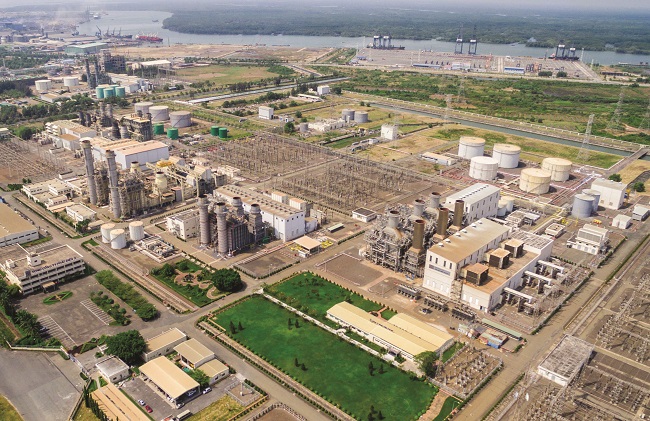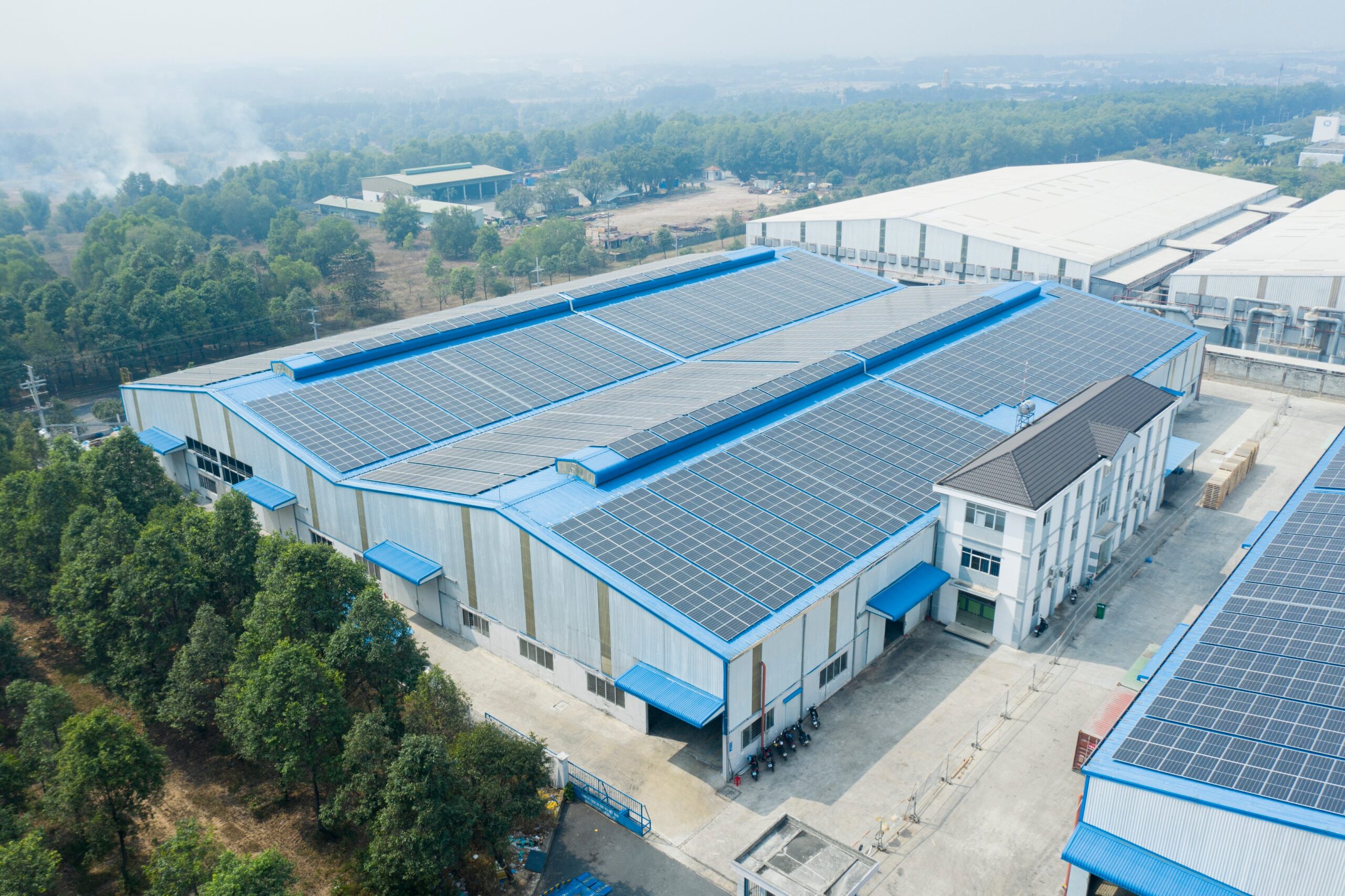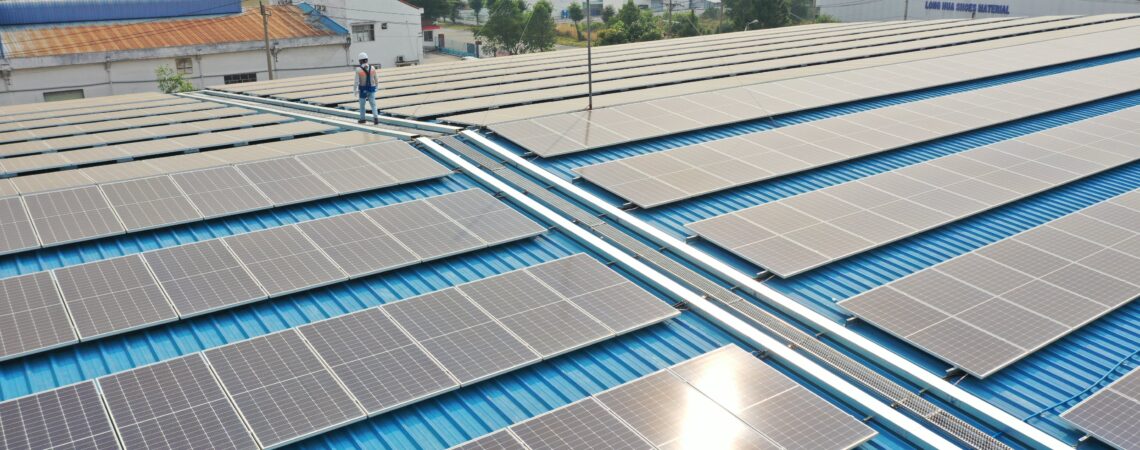Vietnam’s GDP growth for 2021-2030 is forecasted to reach an average of 6.6%/year and an average of 5.7% for 2031-2045. Correspondingly, the Institute of Energy has calculated that commercial electricity will reach 491 billion kWh by 2030, and 877 billion kWh by 2045. By 2030, the total installed capacity of Vietnam’s electricity sources is predicted to be at 137.2 GW (of which coal-fired power: 27%, gas thermal power: 21%, hydroelectricity: 18%, renewable energy: 29%, imported energy about 4%, pumped hydroelectricity and other energy storage devices about 1%).
The Draft Power Development Planning VIII (“PDP 8”) reinforces the Vietnam Government’s current view on prioritizing renewable energy sources to minimize negative impacts caused by electricity production on the environment. Importation of fuels (coal, LNG) is encouraged as a way to diversify the country’s primary energy sources, and the same goes for the establishment of transmission and distribution grid links with China, Laos, and Cambodia in order to maximize each country’s energy potential. Imported electricity sources from neighboring countries are to be considered as prioritized projects because imported electricity will reduce environmental impact compared to domestic production. The Draft PDP 8 is oriented to focus on the development of a transmission grid of at least 220KV to solve overcapacity issues that have been occurring in recent years.
As to grid development, in the period of 2021-2030, MOIT sees the need to build 86 GVA with a capacity of 500kV per station and nearly 13,000 km of DLZ. From 2031-2045, additional construction of 103 GVA with a capacity of 500kV and nearly 6000 stations is required. The 220kV power grid needs construction of 95 GVA, nearly 21,000 km DMZ, and 108 GVA, more than 4000 km NE.
Total investment capital for electricity development in the period 2021-2030 is roughly USD 128.3 billion USD, of which: USD 95.4 billion for the power sources, USD 32.9 billion for the grids. The average structure of capital investment shall be 74% / 26%.
One of the most notable differences between the Draft PDP 8 and Revised PDP 7 (the latest official national power development planning) is in the level of power demand between the North and the South. According to PDP 8, the proportion of commercial electricity in the North will gradually increase from 42.4% in 2020 to 45.8% in 2045, while the South will decrease its proportion from 47.4% in 2020 to 43.6% by 2045. By 2040, the North’s commercial electricity demand will start to exceed that of the South.
Important information investors should know:
Coal usage

Coal inventory at power plants was at a record low level in 2018 – many plants did not have enough coal to operate which led to reduced capacity or even suspension of working units. For instance, Quang Ninh factory sometimes had to stop 2/4 of its units due to coal-shortage. The ability to produce domestic anthracite coal for supply to the Northeastern region is only approximately 35 million tons or 88% of the total demand, so coal must be imported and mixed to meet consumption requests. In the coming years, the demand for anthracite coal will continue to increase when a number of new plants come into operation such as: Na Duong II, Hai Duong, Thai Binh 2, An Khanh-Bac Giang.
Gas usage

In the period 2010-2019, the annual natural gas output extracted was 9-10 billion m3 / year on average. Gas is currently being exploited at 26 gas fields and combined oil and gas fields such as Lan Tay, Lan Do, Bach Ho, Rang Dong, etc. There are around 30 fields that have not yet any development plan because most of them are small or located in deep water, far from shore, with difficult geographical and geological conditions.
Renewable Energy usage

By the end of 2020, the total solar power capacity (including floating solar energy systems) put into operation was about 17 GW, concentrated in the southern provinces and the Central Highlands. Transmission grids are not enough in quantity, especially in Ninh Thuan and Binh Thuan provinces, to accommodate the increasing number of solar power projects with faster-than-ever construction time as a result to advanced technology. Consequently, most projects that have come into operation in such localities are being subjected to a daily decrease in generating capacity to avoid overloading the regional grid.
The total capacity of wind power put into operation by the end of 2020 is about 600 MW, much less than the total wind power capacity approved to be included in the revised PDP 7 which has reached 12 GW. By 2021, the remaining projects are expected to come into operation mainly in the Southwest and South Central regions.
The Vietnam Government is examining, implementing on small scale, and encouraging the development of energy from flammable ice gas, shale gas, coal gas, liquefied hydrogen gas, biomass, and waste.
Hydropower usage

Vietnam’s total capacity of medium and large hydropower plants that were built up to 2019 is about 17,930 MW. The total small hydropower potential (less than 30 MW) of the country is about 10 000 MW. Due to the impact of small hydroelectricity on the environment and forest conservation, MOIT has conducted a review of sites and rejected around 4000MW.
Others
Thermal power projects included in the revised PDP7 and with operation commencement date set for 2021-2025 are considered as projects that will definitely be built and prioritized for development.
Power source projects with a capacity of 500 MW or more and acting as the base plants will also be considered priority investment projects.
At the date of writing, there isn’t available a list of projects included or to be included in the Power Development Planning VIII. We provide hereunder lists of potential offshore wind power projects and thermal power sources to be considered for investment. Please do note that:
(i) Not all the projects listed herein will be included in the PDP 8;
(ii) A number of projects included in the lists are already included in the Revised PDP 7.
To have your project considered for inclusion in the National Power Development Planning, investors must carry out an assortment of procedures and obtain several permits, including Feasibility Study and roadshows or conferences with relevant authorities. For example, wind energy developers may have to obtain a temporary construction permit for the erection of wind measurement towers or approval for vertical clearance if your project site is near aviation boundaries.
When a project is included in the National Power Development Planning, it means that the Government has officially approved the implementation of that project. This is one of the most critical steps in energy project development in Vietnam because, without the Government’s approval for project inclusion in the PDP, there is no way investors can execute a project. After this step, investors will need to acquire Decision on Investment Policy, followed by Investment Registration Certificate.
Source: Vietnam Business Forum


